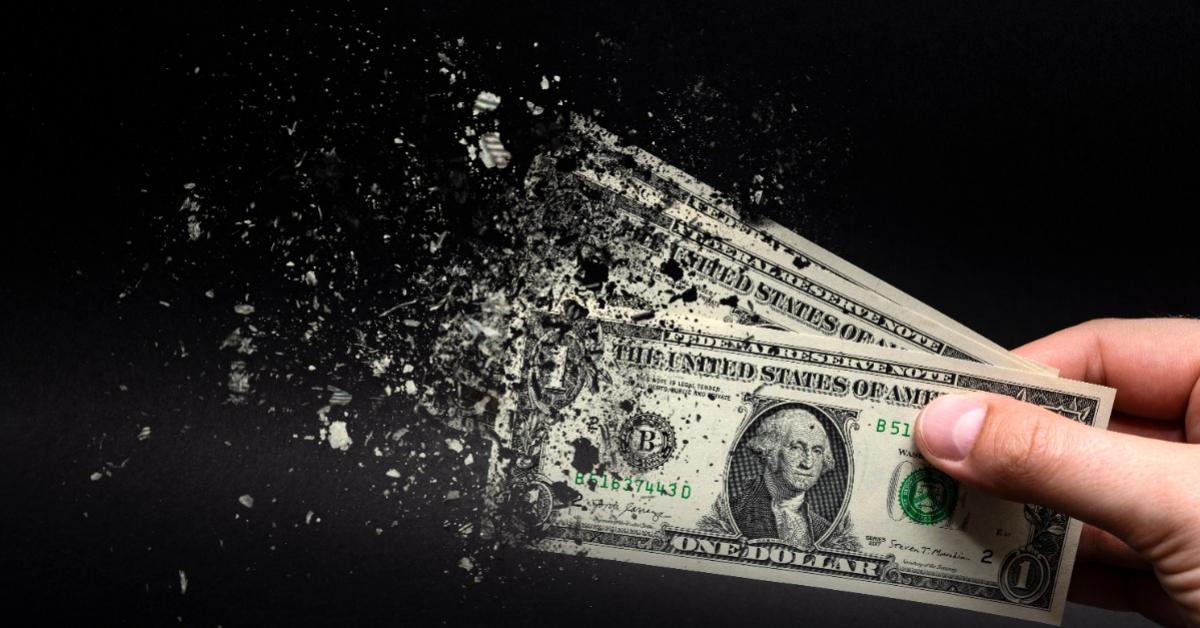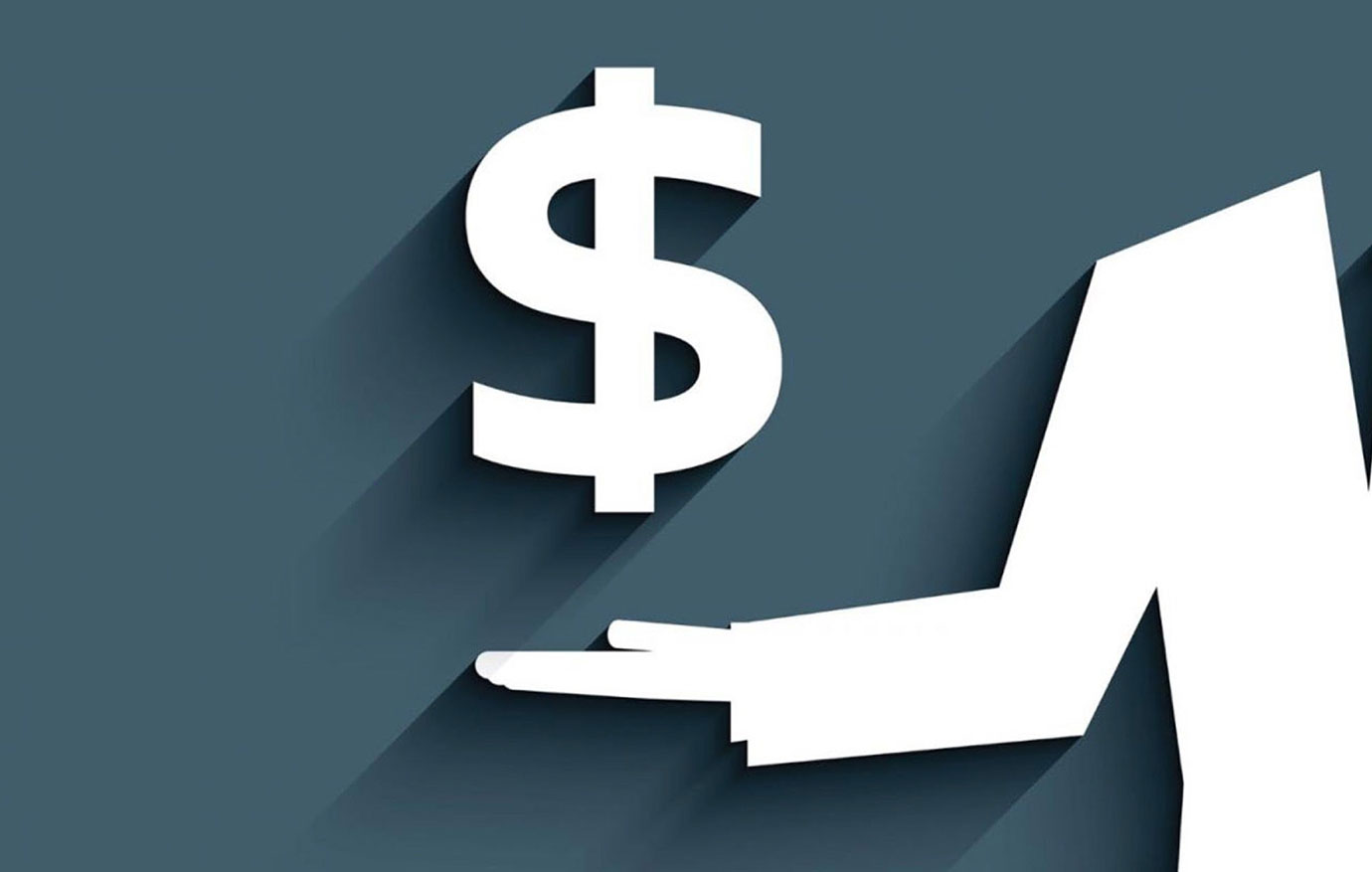
The Chimera of a Postpandemic Postwar Return to Monetary Normal
The monetary regime in power now—the so-called 2 percent inflation standard—is promising us a “return to normal” after the great pandemic and war inflation of 2021–22. At this time of powerful propaganda—the dismal accompaniment of natural disaster and war—we should be on our guard against such messaging. Even more so when we consider the success of this regime in repudiating blame for the great asset inflation culminating in the global financial crisis of 2008, going on to win widespread applause for the low consumer price inflation and ultimately low unemployment in the subsequent decade.
Readers of Mises Wire doubtless count among their New Year resolutions a determination to resist propaganda, and in the monetary sphere this means a readiness to assess in sober-rational mood a full range of scenarios, albeit focusing on what is most likely. We should retain our skepticism about the popular narrative of a return to a monetary normal which never existed under this regime and is unlikely to dawn anytime soon. But we should not exclude altogether way-out possibilities. After all, 2023 is the one-hundredth anniversary of two extreme monetary episodes, one of dark despair and one of great hope—the one hundredth of the German hyperinflation and the fiftieth of the launch (via a free float) of the hard deutsche mark in defiance of dollar monetary inflation.
According to the present-day Fed-orchestrated narrative, the looming return to normal has two dimensions. First, Consumer Price Index (CPI) inflation in the US will be down to 2 percent as early as late 2023. At this rate it will stay, as it did during the quarter century up until the eve of the pandemic. Second, interest rates will be close to what they were under the US monetary regime’s first decade (say, 1996–2006) rather than at the abnormally low levels of the 2010s.
The average reported outcome of 2 percent CPI inflation during the regime’s first quarter century (until the eve of the pandemic) is not evidence of any intrinsic merit. Quite the contrary, under sound money we should expect there to be episodes of falling prices matched over the long run by episodes of rising prices. The steady 2 percent outcome was evidence of monetary malaise which will most likely mean volatile and overall high CPI inflation in the future (together with a continuing sequence of asset inflations and eventual busts) rather than a resumption of “lowflation.”
During this quarter century there were largely coincidental factors that held down reported CPI inflation, even though the overall setting of monetary policy was strongly inflationary for much of the time. The monetary system under the regime has lacked any solid anchor (a device which restrains money supply and prevents its veering ahead of demand), not least because there has been no functional base to which an anchor could be attached. Instead, top officials have piloted official interest rates ostensibly as prompted by a supereconometric model based on the highly flawed Phillips curve and by versions of the Taylor rule (whose applications require that the officials know the equilibrium real interest rate and the natural rate of unemployment).
In the first decade of the regime, the information technology revolution and related productivity miracle meant that reported CPI inflation remained stable and “low” despite strong monetary inflation reflected in virulent asset inflation. Apparently “normal” interest rates were, in fact, on average well below the level consistent with sound money at a time of economic miracle. Under this regime, interest rates have been anything but normal—if this means in line with an absence of monetary inflation (or deflation). The concept of “normal interest rates” is nonsense for a regime that emits monetary inflation on a continuous but highly uneven path.
We can turn to the decade of the 2010s for further evidence of pervasive abnormality. Underneath the camouflage of the “steady 2 percent inflation” was a resumed monetary inflation. In the early years (say, 2010–13), structural changes had jolted upward the demand for money. These changes included sharply expanded deposit insurance, interest paid on reserve deposits at the Fed, and the downward manipulation of treasury-bond yields by application of the regime’s notorious nonconventional toolbox (including quantitative easing [QE]). On its own this increased demand for money would have borne down on prices of goods and services. Instead increases in money supply and, in particular, the fantastic bulge in monetary base went with a modest rise in consumer prices alongside a virulent asset inflation.
Then when a new recession threatened amidst the sharp economic slowdown and brief asset deflation of late 2014 and early 2015 in the wake of the first China bust, the Fed administered a new dose of monetary inflation (aborting plans for rate rises from zero and quantitative tightening) which reached its crescendo in 2016, an election year, under Chair Yellen (in office since early 2014).
Finally, amid concerns that continued low interest rates and prospective big business tax cuts could cause consumer price inflation to accelerate, a hawkish turn emerged during 2017–18. But this did not last long as evidence accumulated that the US economy was indeed suffering from a form of sclerosis, a side effect of all the monetary drugging of the previous two decades and the associated buildup of malinvestment and monopoly capitalism.
The bottom line here is that any of the regime’s reputation for achieving a stable monetary norm, as evidenced by stable, low CPI inflation during the prepandemic, prewar era, is derived from the tale “The Emperor’s New Clothes.” Normal for this regime is virulent monetary inflation. The likelihood of coincidental factors causing this to be consistent with low-reported CPI inflation in the future is small at best. The regime’s promised land of a “return to normal,” whether expressed in levels of inflation or interest rates, is a chimera.
Yes, in the scenario now dominant in the marketplace, CPI inflation falls far this year. Supporting factors include some supply side adjustments, slowed or even negative money supply growth, and (less mentioned if at all) bolstered demand for money in real terms by the state of economic uncertainty and pessimism. But there would be no reversal of the giant cumulative price gains of 2020–22, meaning a permanent real loss in money’s purchasing power.
Beyond this inflation decline during 2023, anything is possible in the actual unanchored monetary system, with a strong tilt in likelihood toward new upward price spirals. There is just so much scope for officials to artfully use inflation forecasts so that they can steer policy rates to fit with a strong political current. In any case, there are plenty of mistakes to be made when monetary conditions are determined by the piloting of rates rather than a set of mechanisms in a well-anchored system to constrain the growth of money supply in a meaningful way.
What about the unlikely scenario of hope? That might include the passage of a bill in the House with some cross-aisle support to ban the future use of the Fed’s toxic toolbox (the key instruments here being QE, interest on reserves, and zero-rate policy). And the scenario of despair? Let’s call this the continuation of high inflation, perhaps after a brief cyclical dip. Perhaps that scenario of despair has a greater chance of starting first in Europe than the US, given the further monetary inflation dose which occurred there in response to the gas famine of the Russian war.



